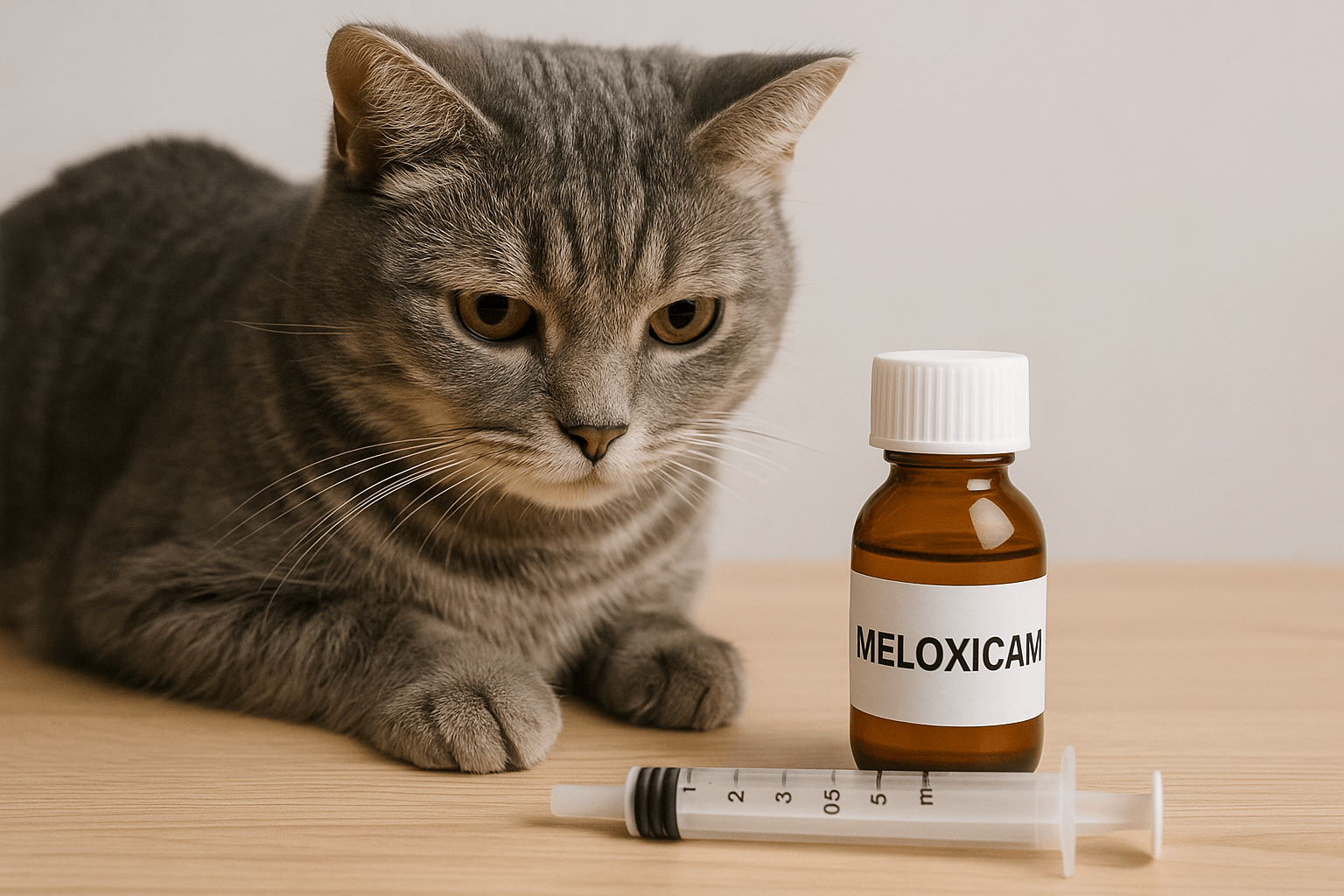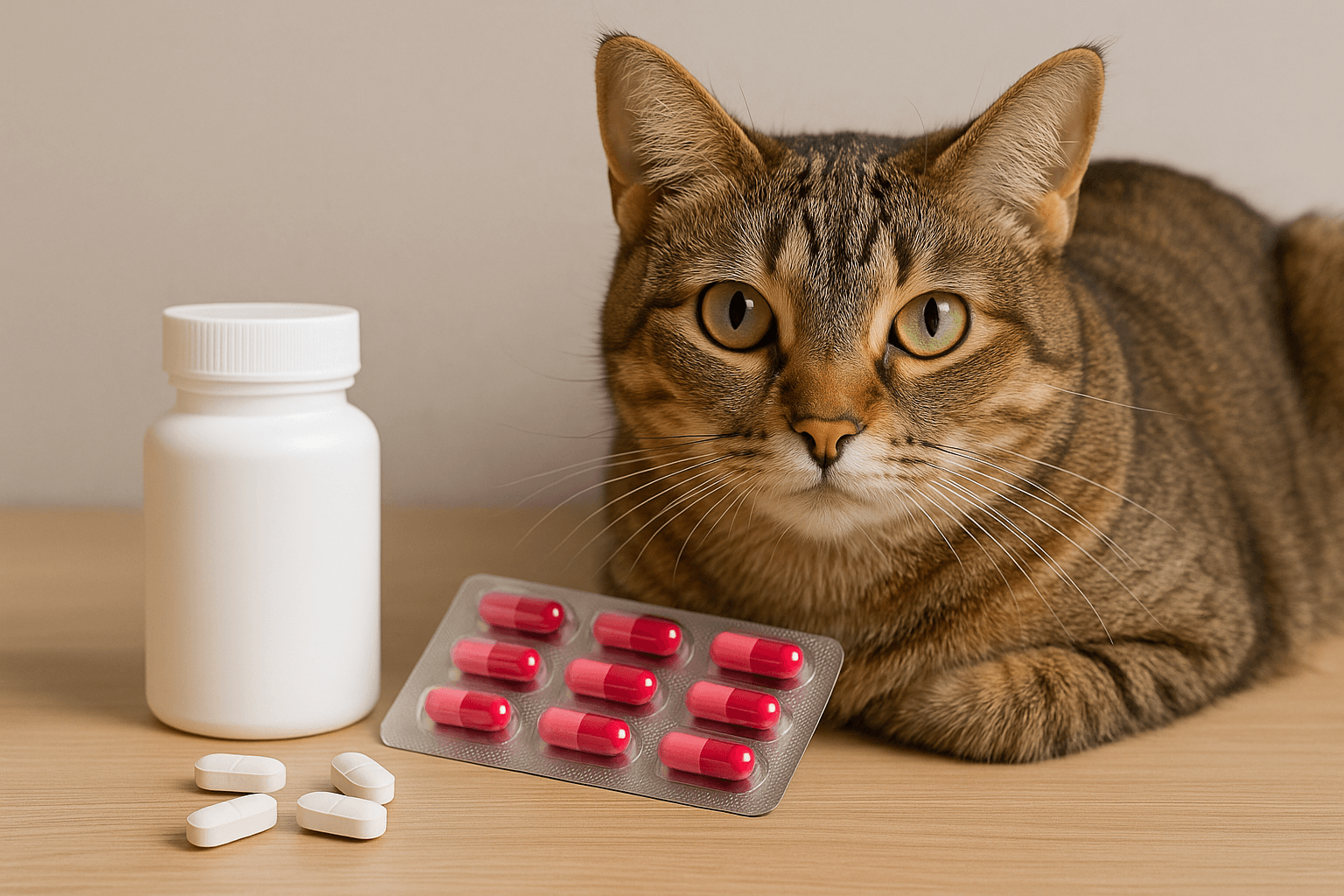Can Dogs Eat Squid? Everything You Need to Know
Squid, with its tender texture and rich flavor, is a popular seafood choice for humans. But what about our furry friends? If you’ve ever wondered, “Can dogs eat squid?” you’re not alone. Many dog owners are curious about whether this ocean delicacy is safe or beneficial for their canine companions. While some foods are clearly off-limits for dogs, others can be enjoyed in moderation if prepared correctly. In this blog post, we’ll explore whether squid is a safe treat for dogs, the potential benefits and risks, and how to serve it safely. By the end, you’ll have all the information you need to make an informed decision about sharing squid with your pup.
Is Squid Safe for Dogs? Key Considerations
Before feeding squid to your dog, it’s important to consider several factors to ensure their safety. While squid itself isn’t toxic to dogs, certain preparation methods and portions can pose risks. Here’s what you need to know:
Plain, Cooked Squid is Generally Safe: When cooked plainly (without seasoning or oil), squid can be a safe occasional treat for most dogs.
Avoid Fried or Seasoned Squid: Fried squid or calamari often contains high levels of fat, salt, and spices, which can upset your dog’s stomach or lead to pancreatitis.
Check for Allergies: Some dogs may be allergic to seafood, so introduce squid in small amounts and monitor for adverse reactions.
Remove Bones or Cartilage: Squid doesn’t typically have bones, but always double-check for any hard parts that could pose a choking hazard.
Moderation is Key: Squid should only be given as an occasional snack, not a regular part of your dog’s diet, to avoid digestive issues.
By following these guidelines, you can minimize risks and ensure your dog enjoys squid safely. Always prioritize your pet’s health and consult your vet if you’re unsure.
Potential Benefits of Feeding Squid to Dogs
When prepared correctly, squid can offer some nutritional benefits for dogs. As a lean source of protein and omega-3 fatty acids, it can contribute to your dog’s overall health. Here are some potential advantages:
High-Quality Protein: Squid is packed with protein, which supports muscle development and repair in active dogs.
Rich in Omega-3 Fatty Acids: These healthy fats promote skin and coat health while reducing inflammation in joints.
Low in Calories: Compared to other protein sources, squid is relatively low in calories, making it a good option for weight management.
Source of Vitamins and Minerals: Squid contains nutrients like vitamin B12, zinc, and selenium, which support immune function and energy production.
Hydration Boost: Fresh or lightly steamed squid has a high moisture content, helping keep your dog hydrated.
While squid can be a healthy addition to your dog’s diet, it should complement—not replace—their regular meals. Always balance treats with their daily nutritional needs.
Check this guide 👉Can Dogs Eat Canned Chicken? Best 7 Expert Tips!
Check this guide 👉Can Dogs Eat Vanilla Cake? Best 7 Health Tips!
Check this guide 👉Can Dogs Eat Blue Cheese? Best 7 Expert Tips!

Benefits of Squid for Dogs | Precautions When Feeding Squid |
|---|---|
High-quality protein | Avoid fried or heavily seasoned squid |
Omega-3 fatty acids | Watch for signs of allergies or intolerance |
Low in calories | Serve in small, infrequent portions |
Rich in vitamins and minerals | Remove any cartilage or tough parts |
Hydrating properties | Consult your vet before introducing new food |
How to Safely Prepare Squid for Your Dog
If you decide to feed squid to your dog, proper preparation is essential to ensure it’s safe and digestible. Here are some tips for serving squid to your furry friend:
Choose Fresh or Frozen Squid: Opt for plain, unseasoned squid from a reputable source to avoid contaminants or harmful additives.
Cook Thoroughly: Steam, boil, or grill the squid without adding oil, salt, or spices to make it easy to digest.
Cut into Small Pieces: Chop the squid into bite-sized pieces to prevent choking and make it easier for your dog to chew.
Avoid Batter or Coatings: Skip breading or battering, as these add unnecessary fats and calories that aren’t healthy for dogs.
Introduce Gradually: Start with a small piece and observe your dog for any signs of digestive upset or allergic reactions.
By preparing squid carefully, you can provide a safe and enjoyable treat for your dog. Remember, moderation and attention to detail are key.
Signs Your Dog Shouldn’t Eat Squid
While many dogs can tolerate squid without issues, some may experience adverse reactions. It’s important to recognize warning signs that indicate squid isn’t suitable for your dog. Here’s what to watch for:
Upset Stomach: Vomiting, diarrhea, or excessive gas after eating squid suggests digestive intolerance.
Allergic Reactions: Symptoms like itching, swelling, or hives may indicate an allergy to seafood.
Choking Hazards: If your dog gobbles food quickly, they may choke on larger pieces of squid.
Pancreatitis Risk: Feeding squid with added fats or oils increases the risk of pancreatitis, especially in sensitive dogs.
Behavioral Changes: Lethargy, restlessness, or refusal to eat other meals could signal discomfort or illness.
If you notice any of these signs, stop feeding squid immediately and consult your veterinarian. Every dog is different, and what works for one may not work for another.
Common Mistakes to Avoid When Feeding Squid to Dogs
Feeding squid to your dog can be a healthy treat, but certain mistakes can turn it into a potential hazard. Avoiding these pitfalls ensures your dog enjoys squid safely. Here are some common errors to steer clear of:
Overfeeding Squid: Giving too much squid at once can upset your dog’s stomach and disrupt their balanced diet.
Adding Harmful Seasonings: Salt, garlic, or spices can irritate your dog’s digestive system or even be toxic in large amounts.
Feeding Fried Calamari: Fried foods are high in fat and can lead to pancreatitis or obesity in dogs.
Ignoring Portion Sizes: Large pieces of squid can pose a choking risk, especially for smaller breeds.
Skipping Veterinary Advice: Introducing new foods without consulting your vet can lead to unexpected health issues.
By avoiding these mistakes, you can ensure squid remains a safe and enjoyable snack for your dog. Always prioritize preparation and moderation.
Alternatives to Squid for Dogs
If squid doesn’t suit your dog’s dietary needs or preferences, there are plenty of other seafood and protein options that are equally nutritious. Here are some safe alternatives to consider:
Cooked Salmon: Rich in omega-3 fatty acids, salmon supports skin, coat, and joint health when served plain and boneless.
Shrimp: Shrimp is low in calories and packed with vitamins, but make sure it’s cooked and deveined before serving.
Whitefish: A lean protein like cod or tilapia is easy to digest and provides essential nutrients.
Chicken or Turkey: These lean meats are excellent sources of protein and can be served cooked and unseasoned.
Eggs: Boiled or scrambled eggs (without oil or seasoning) are a great source of protein and healthy fats.
These alternatives offer variety while ensuring your dog receives the nutrients they need. Always introduce new foods gradually to monitor for any adverse reactions.
Signs Your Dog Loves Seafood
Some dogs naturally gravitate toward seafood, showing clear signs of enjoyment when offered treats like squid or fish. If you’re unsure whether your dog enjoys seafood, here are some behaviors to look for:
Excited Behavior: Wagging tails, jumping, or barking when they smell seafood indicates excitement and curiosity.
Quick Consumption: If your dog eagerly gobbles up squid or fish, it’s a sign they find it delicious.
Begging for More: Repeatedly looking at you or pawing at you after finishing their portion suggests they want more.
Positive Reaction After Eating: Happy, playful behavior post-meal shows they enjoyed the treat and digested it well.
Paying Extra Attention to Food Prep: If your dog follows you around while you prepare seafood, it’s a clear sign they’re interested.
These signs indicate your dog loves seafood and may benefit from occasional treats like squid. Just remember to keep portions small and preparation simple to maintain their health.
Frequently Asked Questions About Feeding Squid to Dogs
Can dogs eat calamari rings?
Plain, cooked calamari rings without breading or seasoning are generally safe in moderation, but avoid fried versions.
How much squid can I give my dog?
Limit squid to small portions, no more than once or twice a week, depending on your dog’s size and dietary needs.
Is raw squid safe for dogs?
Raw squid can contain bacteria or parasites, so it’s safer to cook it before offering it to your dog.
What if my dog accidentally eats seasoned squid?
Monitor your dog for symptoms like vomiting, diarrhea, or lethargy. Contact your vet if any issues arise.
Are there alternatives to squid for dogs?
Yes, lean proteins like chicken, turkey, or whitefish are excellent alternatives that are easier to digest.
In Conclusion: Can Dogs Eat Squid? A Balanced Perspective
So, can dogs eat squid? The answer is yes—but with caution. When prepared properly and given in moderation, squid can be a nutritious and tasty treat for most dogs. However, it’s crucial to avoid seasoning, frying, or overfeeding, as these can lead to health issues. Always introduce new foods gradually and observe your dog’s reaction. If you’re ever unsure about whether squid or any other food is safe for your pup, consult your veterinarian for personalized advice. By prioritizing your dog’s health and well-being, you can confidently share safe and enjoyable snacks with your four-legged friend.
Cat Fever Treatment: Best 7 Expert Tips! Discover expert advice on identifying, managing, and treating fever in cats to ensure their quick recovery and well-being.
Understanding Meloxicam for Cats: Best 7 Expert Tips! Learn how to safely administer meloxicam, manage side effects, and ensure your cat's comfort with expert advice on feline pain relief.
Amoxicillin for Cat UTI: Best 7 Expert Tips! Discover safe usage, dosage guidelines, and expert advice on treating feline urinary tract infections effectively with amoxicillin.
Understanding Cat Cancer Treatment: Best 7 Expert Tips! Discover expert advice on managing feline cancer, from early detection to treatment options, ensuring your cat’s health and comfort.





